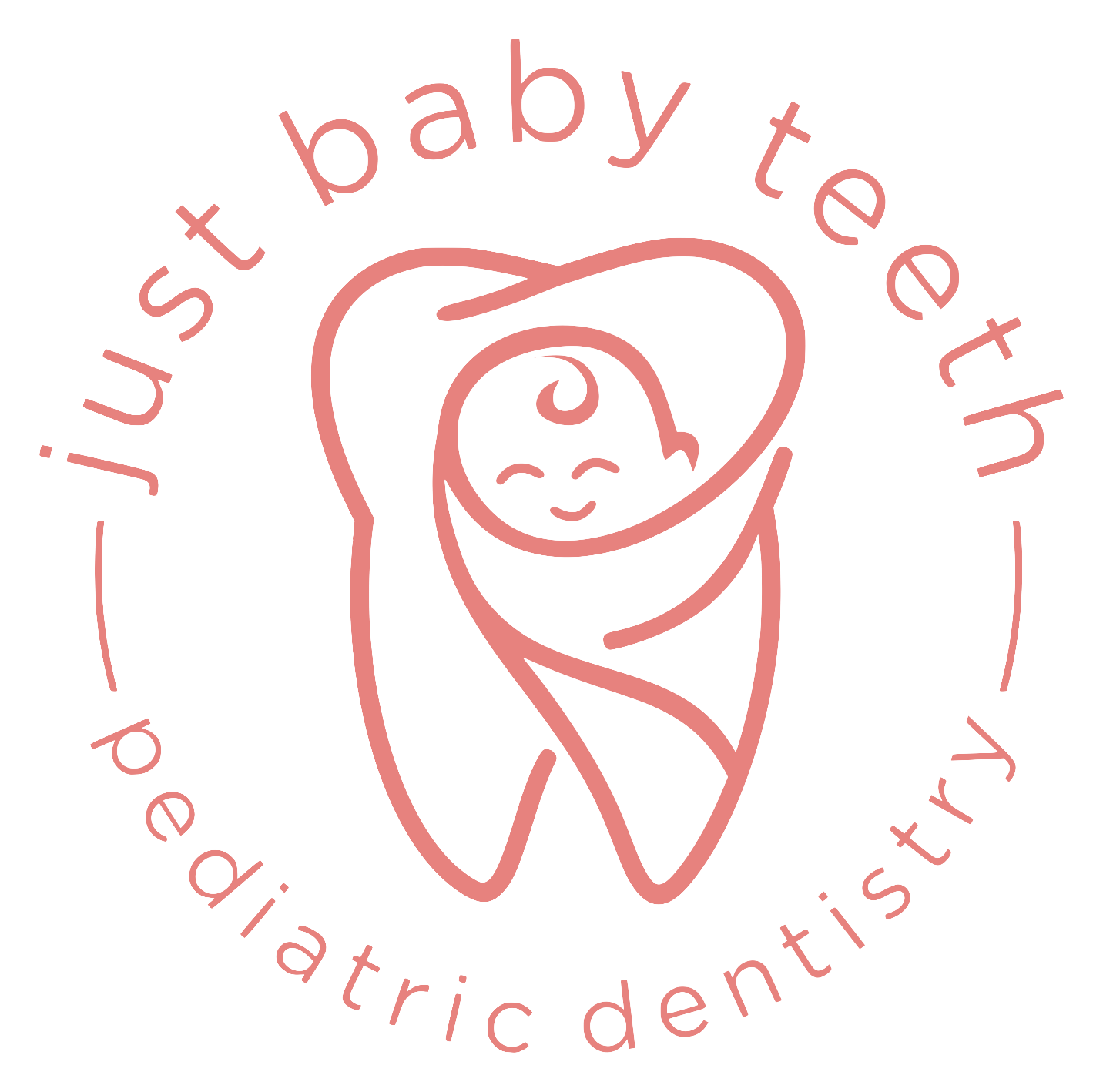Teething FAQs & Soothing Tips Every Parent Should Know
Teething Timeline: When Do Baby Teeth Erupt?
Most babies begin teething between 4 to 7 months old, with the lower front teeth (central incisors) typically appearing first. By age 3, most children will have their full set of 20 baby teeth. However, every child is different, and variations in timing are normal.
Here’s a general timeline of tooth eruption:
6–10 months: Lower central incisors (bottom front teeth)
8–12 months: Upper central incisors (top front teeth)
9–16 months: Upper and lower side incisors
13–19 months: First molars (back teeth for chewing)
16–23 months: Canines (sharp teeth between front teeth and molars)
23–33 months: Second molars
If your child has no teeth by 15-18 months, it’s a good idea to schedule a visit to a pediatric dentist in Teaneck to ensure normal development.
Teething Symptoms: How to Tell If Your Baby is Teething
Common signs of teething include:
Drooling: Expect a lot of bib changes.
Gum sensitivity: Swollen, red gums where a tooth is emerging.
Irritability: Increased fussiness, especially at night.
Gnawing and biting: Babies may chew on anything to relieve gum pressure.
Ear tugging or cheek rubbing: Gums share nerve pathways with the ears.
What’s not normal? A fever above 101°F, persistent diarrhea, or rashes unrelated to drool. These symptoms might indicate an illness rather than teething.
Teething Remedies & How to Soothe Your Baby
Try these safe, effective methods to help your baby feel better:
✅ Gum massage: Gently rub your baby’s gums with a clean finger.
✅ Cold teething rings: Chill (but don’t freeze) a rubber teether.
✅ Wet washcloth: A clean, cold washcloth is soothing to chew on.
✅ Distraction & cuddles: Extra snuggles, rocking, or playtime can help.
✅ Infant pain relief: Ask your pediatrician about infant acetaminophen or ibuprofen for severe discomfort.
🚫 Avoid numbing gels, teething necklaces, and alcohol-based remedies, as they can pose safety risks.
When to Visit a Pediatric Dentist
It’s recommended to schedule your child’s first dental visit by age 1, or within 6 months of their first tooth erupting. A pediatric dentist will check for any concerns, provide oral hygiene guidance, and ensure proper development.
You should also visit a dentist if your child:
Has no teeth by 18 months
Has discolored or pitted teeth (could be early cavities)
Seems to experience excessive pain beyond normal teething discomfort
At Just Baby Teeth Pediatric Dentistry, we provide stress-free, honest, and transparent care in a child-friendly environment. Our themed rooms and prize wall make dental visits fun and easy for little ones!
Visit Us
If you have any questions or concerns about teething, schedule an appointment today to get it checked out.

